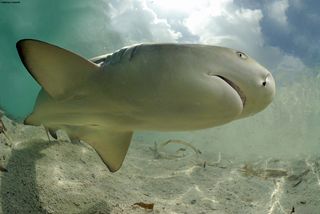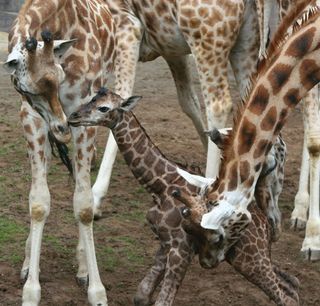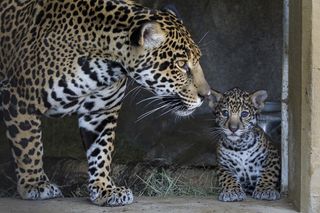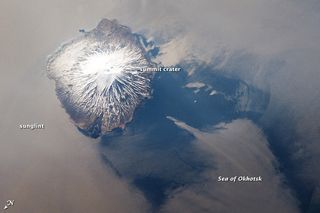
Best Earth Images of the Week - June 22, 2012
A slow comeback

A Madagascar spider tortoise has successfully hatched at the San Diego Zoo, the zoo announced this week.The zoo is home to two males and two females of this species; the sex of the newly hatched tortoise is not yet known.
The zoo has been working with this species since 1998 in hopes of creating a genetically viable and sustainable group. The zoo is also working closely with the Turtle Survival Alliance to support tortoise conservation in Madagascar.
[Full Story: Baby Tortoise Hatches at San Diego Zoo]
Searing summer heat

The blast of scorching summer heat hitting the eastern half and southwest regions of the United States has broken a rash of temperature records across the regions.
Yesterday (June 21), on the first full day of summer, high temperatures in states from Maine to New York to Arizona shattered previous record highs for the day, in a catalog that stretches back more than 100 years in some places.
Across the nation, the scalding heat broke a total of 47 record highs and tied 30 of them.
[Full Story: Sizzling Summer Heat Breaks Records Across US]
Steps taken toward survival

Some much-needed good news for sharks has come from Venezuela this week: The South American country announced it is banning shark finning in its waters and has established a new shark sanctuary.
The country became the last in the Americas to outlaw the practice of cutting off the fins of live sharks and tossing the animals back into the ocean to slowly die.
[Full Story: Venezuela Bans Shark Finning, Establishes Shark Sanctuary]
Another success

The newcomer takes her first steps. Belfast Zoo is known worldwide for its success at breeding giraffes.
[View Images: Photos: Belfast Zoo's New Giraffe]
Checkin' out the neighborhood

A young male jaguar peeks at the outdoors as his mother stands by in this photo released yesterday (June 19) by the San Diego Zoo.
At more than a month old, the male and female jaguar cubs born to mother Nindiri are ready to spend some time in their large outdoor habitat at the zoo. For the last two months, the siblings have been visible in the cave area at the Harry and Grace Steele Elephant Odyssey that serves as their den. Yesterday, animal care staff opened the door of this area, giving mom and her two cubs access to the exhibit, which has grass, climbing structures and lots of things to play with for two active little cubs.
[Full Story: Jaguar Cub Finally Sets Paws Outside]
Untold importance

More than 275 million people are dependent on coral reefs for food, coastal protection and livelihoods.
[View Images: Images: Endangered Species of the 'Red List']
Stunning volcanic view

Behold Alaid Volcano, the northernmost and highest volcano in the Kuril Island chain, which stretches from Russia's Kamchatka Peninsula to Japan.
Part of Russian territory, Alaid has the textbook cone-shape summit of a composite volcano and tops out at 7,674 feet (2,339 meters). A composite volcano, or stratovolcano, is made of many layers of hardened lava and ash spewed out during periodic eruptions.
[Full Story: An Astronaut's View of a Volcano]
Sign up for the Live Science daily newsletter now
Get the world’s most fascinating discoveries delivered straight to your inbox.
Our White Marble?

A newly released image from NASA shows off our home planet from an unfamiliar angle our iconic blue marble, snapped by a satellite that circles the Arctic, is arrayed in frosty white.
The newly launched Suomi National Polar-orbiting Partnership (S-NPP) satellite, which was blasted into space on Oct. 28, 2011, circled the Earth 15 times to capture the visual data used for the stunning picture.
[Full Story: Photo: 'White Marble' Shows Arctic View of Earth]
Most Popular




